Lines of Action
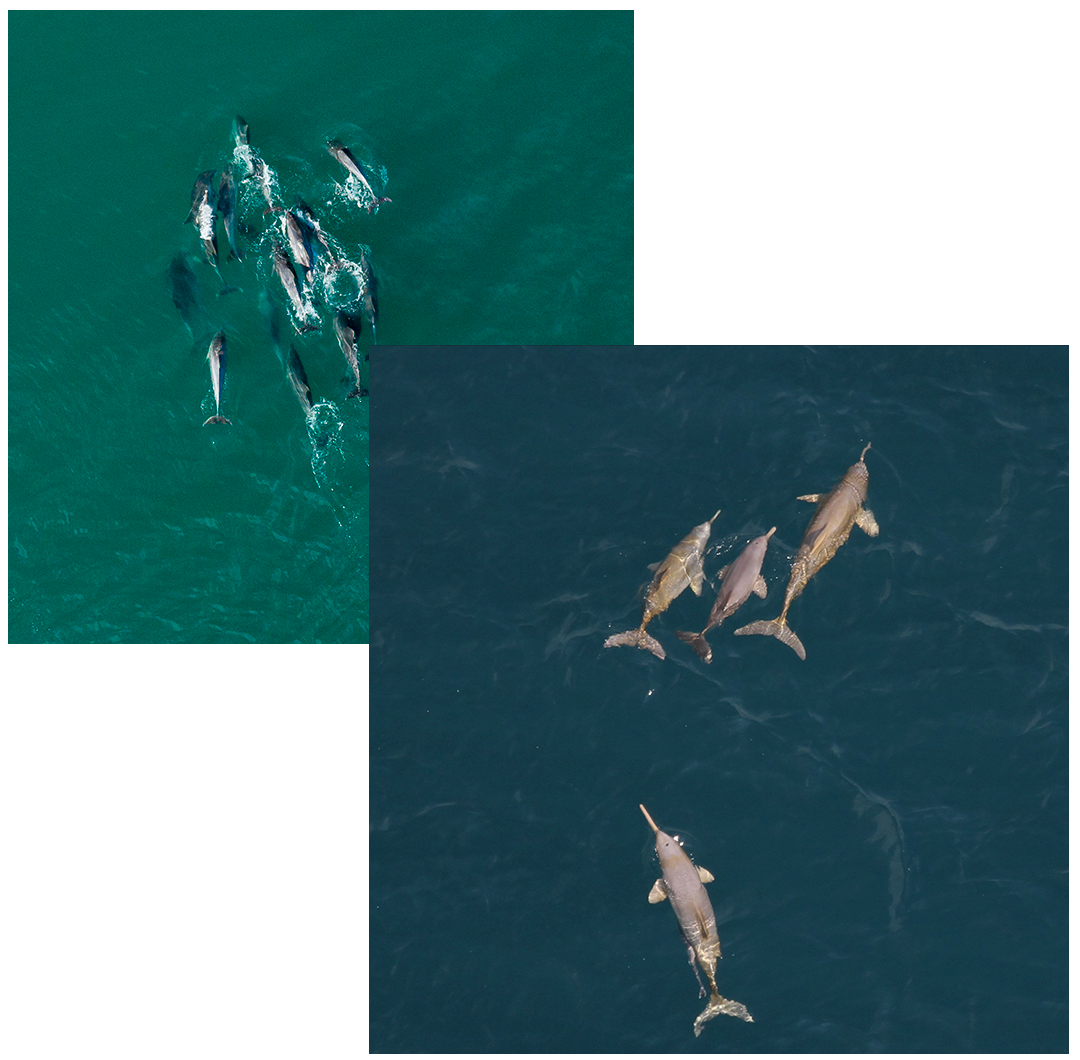

Aerial surveys
Aerial surveys are a widely used methodology to estimate the abundance and distribution of marine megafauna. By covering large areas in a short period of time, aerial surveys are often more effective and economical than monitoring with vessels.
Since 2004, GEMARS has been developing studies using this methodology along the Brazilian coast. The franciscana, the most endangered dolphin in South America, has been the focus of aerial surveys developed by GEMARS. As it is a species that is hardly seen from boats, aerial surveys allow a very effective assessment of its distribution and abundance.
Along the coast of São Paulo, Rio de Janeiro and Espírito Santo, GEMARS has already conducted several aerial surveys to assess the distribution and abundance of marine megafauna. These surveys have been generating a series of important information that can help to understand how these organisms use the environment and assist in actions to preserve marine biodiversity.
Shipboard surveys
Monitoring of populations and communities is a prerequisite for an effective management of marine areas. Currently, different methodologies have been used to monitor marine fauna worldwide, and shipboard surveys are still one of the most used.
In this context, research cruises have been conducted especially to estimate the abundance and density of marine mammal populations. An important advantage of the method is the possibility of obtaining, simultaneously with the records, oceanographic information and biological samples of the observed species.
In the last decades, GEMARS has participated in several scientific cruises dedicated to the survey of marine mammals, including studies on the Brazilian coast and in Antarctica. More recently, in addition to visual observation, acoustic detection methods for cetacean species have also been employed in partnership with the Aqualie Institute. This information, in conjunction with the analysis of biological samples, has been of great value for the characterization of the populations of each region.
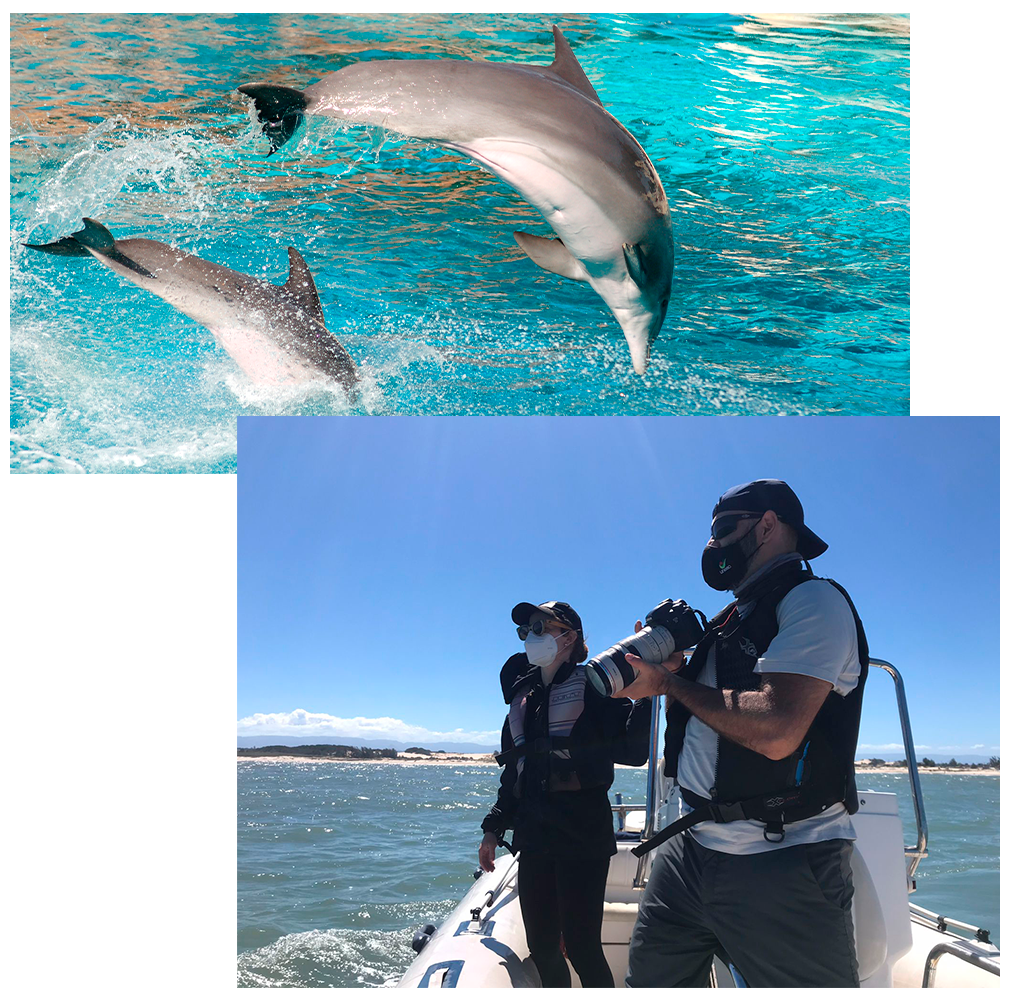

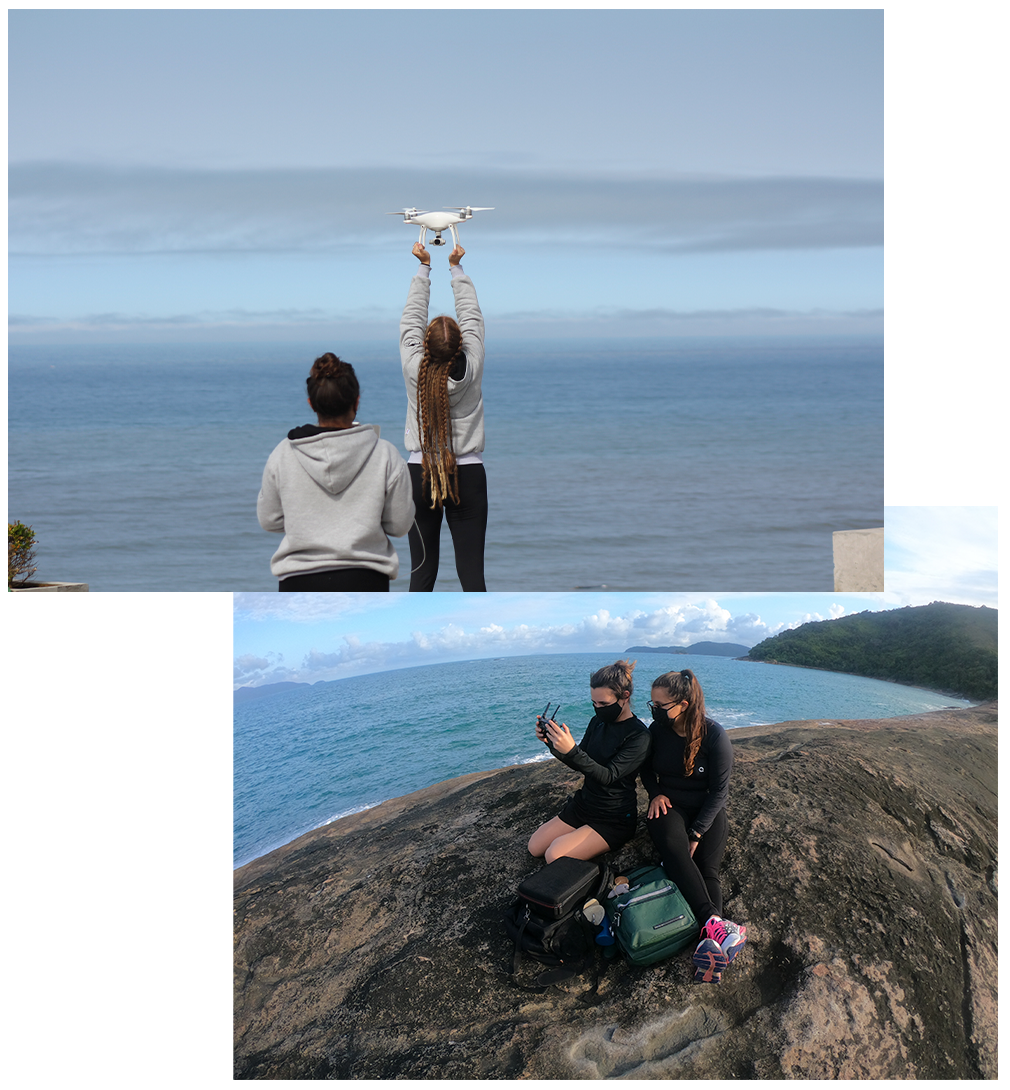

Drone-monitoring
Unmanned aerial vehicles (UAVs), also known as drones, are very useful tools for studying the ecology and behavior of marine mammals, as well as contributing to their conservation and management. GEMARS has a team specialized in drone-monitoring that applies this methodology in studies with different species of cetaceans and pinnipeds.
Using drones, researchers are able to photo-identify animals, study their social ecology, distribution and relative abundance, as well as assess their body condition, diving and surface behavior, among others. Drones provide an unique aerial perspective of the behaviors performed by animals with minimal noise and interference and lower the costs for data collection.
GEMARS uses drones to study the Franciscana, the most endangered dolphin in South America and rarely seen from engine boats. At the Costa das Toninhas Project, in Ubatuba, São Paulo, Franciscana families are monitored with drones. Right whales, on the other hand, are monitored with drones in southern Brazil, where the relationship between mother and young is evaluated, as well as their diving ecology, movements and habitat use. The spatial ecology of fur seals and sea lions and their relationship to the topography of Ilha dos Lobos is also the focus of a long-term study.
Fisheries Monitoring
Fisheries are of significant importance in efforts to eliminate hunger, promote quality of life and reduce poverty. However, if not regulated, it can cause a decline in populations of target and non-target species. Interactions with non-target species occur at various scales around the world, with operational interactions having the greatest impact on populations of cetaceans, sea turtles, sea birds and elasmobranch species.
GEMARS has been monitoring fishing activity since 1994 through observations onboard fishing vessels, interviews with vessel captains as well as during fishing landings. The objective is to produce robust data to promote science-based management policies and, thus, contribute to the sustainable development of fisheries.
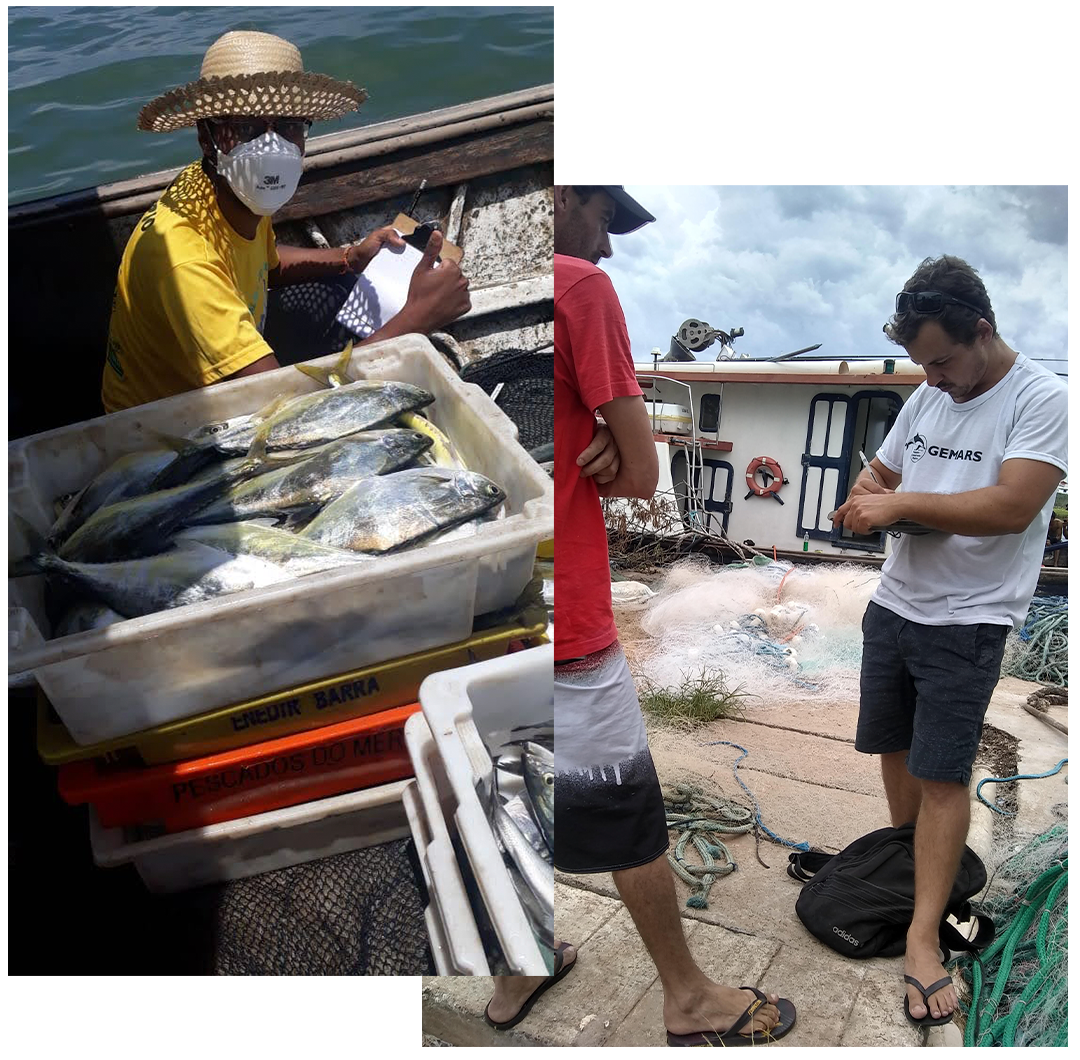

Help marine mammal conservation projects continue!
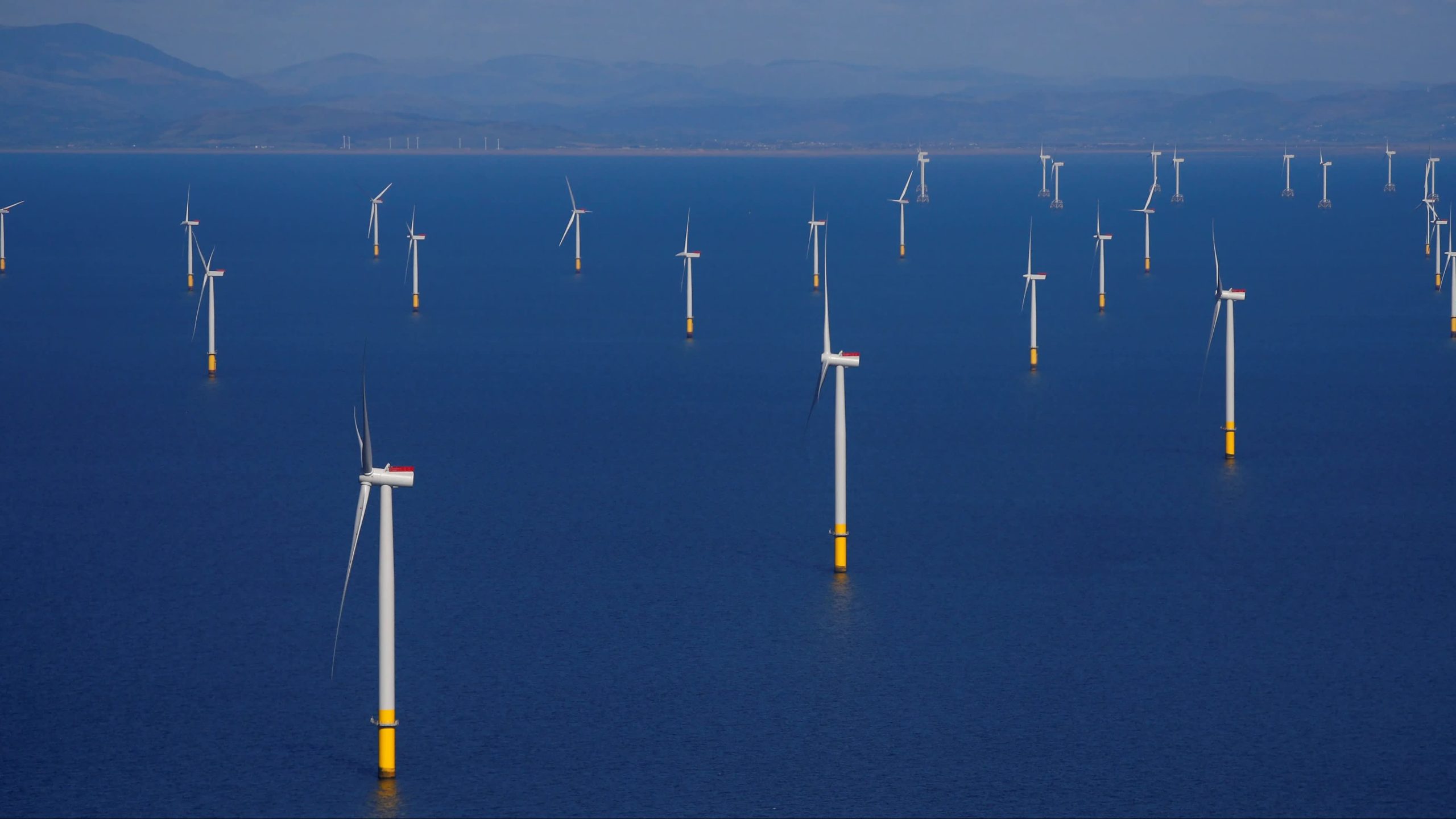

Environmental Impact Monitoring
Various human activities and enterprises can impact marine mammal populations and their ecosystems. The evaluation of these potential impacts must obey a rigorous scientific methodology combined with the monitoring of clear and measurable indices, preferably in the medium / long term.
GEMARS has acted in the assessment and monitoring of environmental impact using a multi-methodological approach, through aerial, on-board monitoring, telemetry, drones, among others. This approach allows researchers to provide scientific data on which species and populations can be affected by activities and enterprises, as well as assess the magnitude of this impact and suggest proposals for mitigation and environmental compensation.
Trophic Ecology Studies
Knowledge regarding marine mammals’ feeding habits or its trophic ecology aids the understanding of their relationship with fisheries activities’. Diet studies allow identification of important prey, feeding strategies, as well as possible variation of the diet along time or different life stages of animals. Different methods make feeding habit studies possible, and different aspects may be known depending on which methodology is chosen. GEMARS has been dedicated to investigation of Trophic Ecology since 1991, and both stomach content analysis and stable isotope analysis are methodologies performed by the research group.
The analysis of stomach content depends on the collection of the stomachs of stranded individual’s along the shore or accidentally caught by fisheries. This methodology has the advantage of identifying prey at a specific level in most cases, and allows the estimation of prey size through structures more resistant to digestion, such as fish otoliths and cephalopod “beaks” (e.g. squid and octopus).
The stable isotopes most used in studies of trophic ecology in marine mammals are Carbon and Nitrogen. The knowledge related to the proportion of the forms present and the distribution patterns of the stable isotopes allows to map their circulation. Nitrogen values are related to the trophic position and the carbon values are related to the habitat used by the individuals analyzed. In general, in the ocean high values of δ15N indicate a high position in the food chain, while higher values of carbon indicate the use of more pelagic environments.
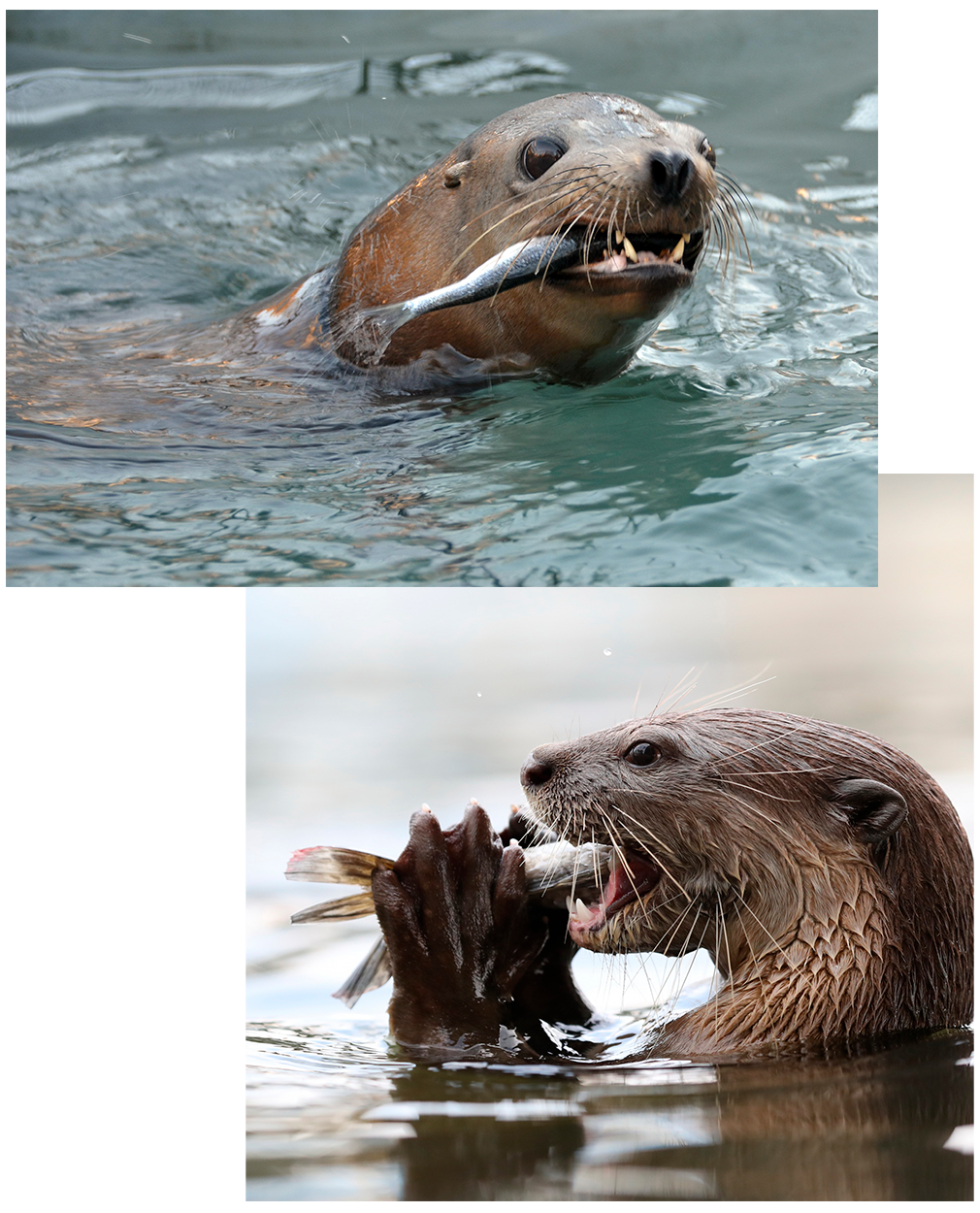

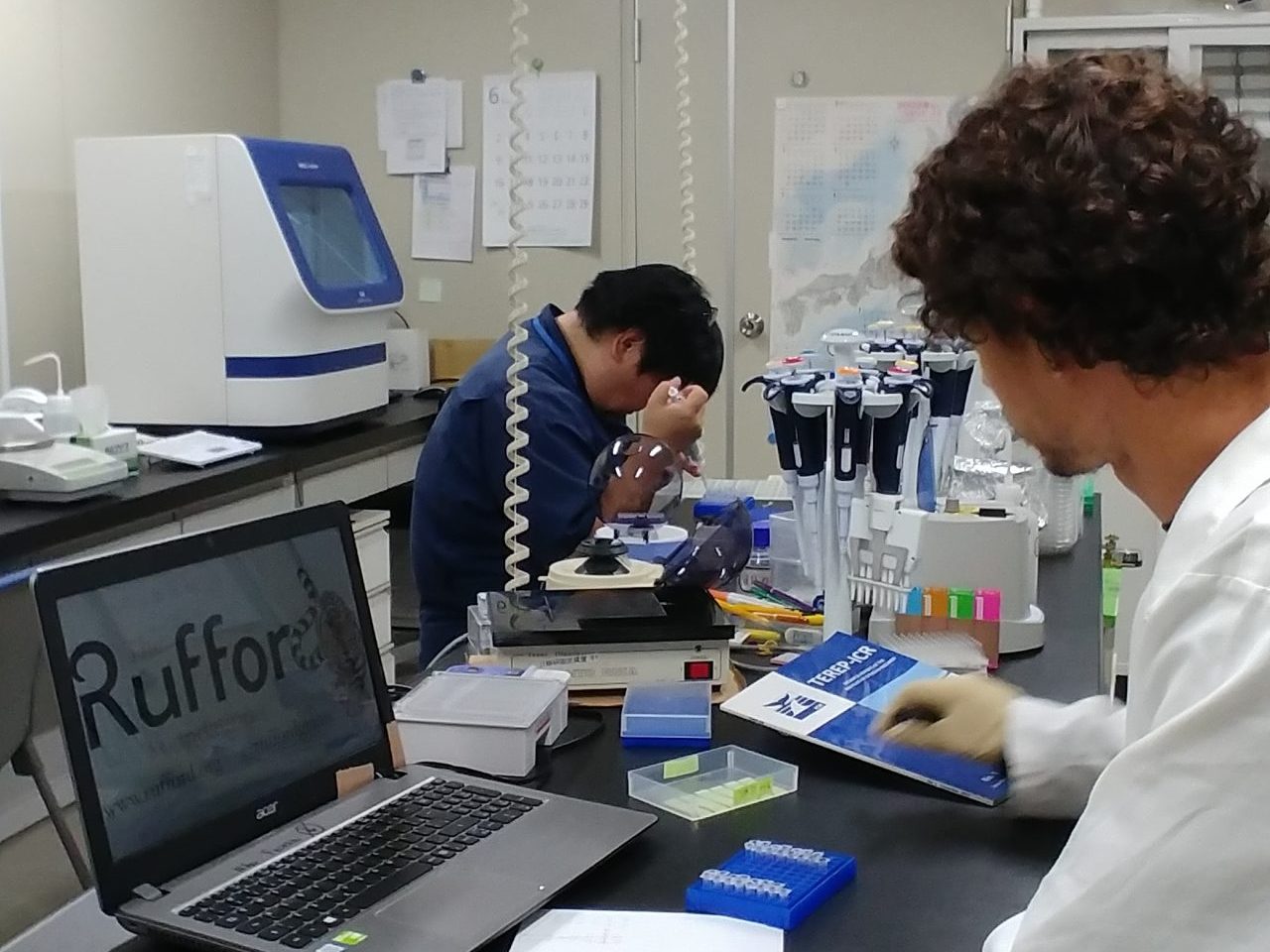

Ecologia Molecular
Nas últimas décadas, o uso de marcadores moleculares têm proporcionado valiosas informações para a tomada de decisões de conservação e manejo de mamíferos aquáticos no mundo todo. Dentro dessa perspectiva, o GEMARS tem utilizado ferramentas moleculares para auxiliar, especialmente, na definição de unidades de manejo de espécies de mamíferos aquáticos da América do Sul, incluindo a toninha (Pontoporia blainvillei), o boto-nariz-de-garrafa (Tursiops truncatus), a baleia-franca-austral (Eubalaena australis), a baleia-minke-anã (Balaenoptera acutorostrata), o lobo-marinho-sul-americano (Arctocephalus australis) e o leão-marinho-sul-americano (Otaria flavescens). Além disso, essas ferramentas têm sido também aplicadas para auxiliar na identificação de carcaças e resolução de incertezas taxonômicas de mamíferos aquáticos, na detecção de fenômenos de hibridização, assim como na compreensão das relações evolutivas entre os diferentes táxons.
